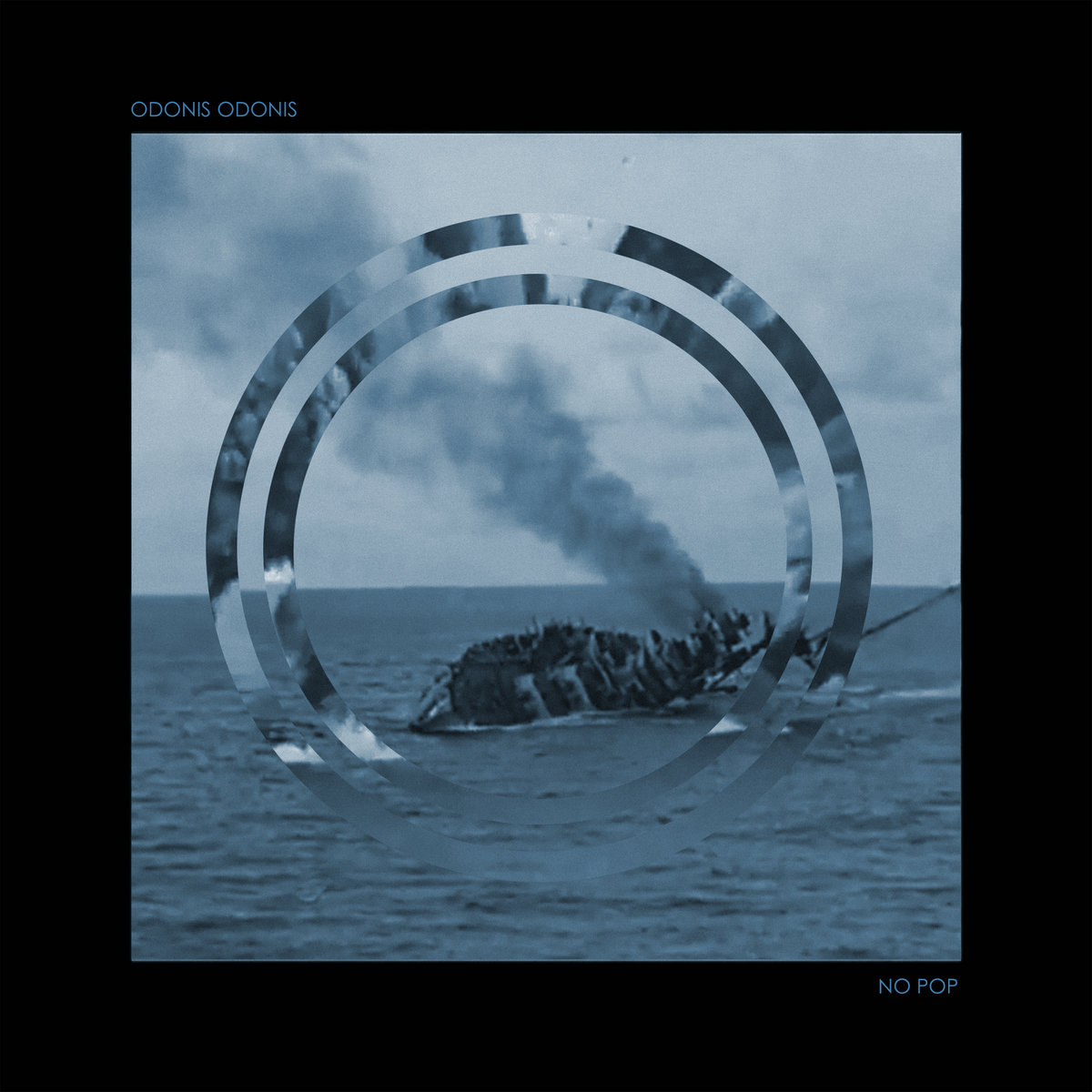A look at the Brian Jonestown Massacre’s humble beginnings
I was first introduced to The Brian Jonestown Massacre (BJM) through an interview with Californian psych-pop duo Foxygen in early 2013. The latter group had just come out with their second studio record—the clumsily yet aptly titled We Are the 21st Century Ambassadors of Peace & Magic. I was floored by BJM’s style, which jumbled mod elegance with 60s Californian dirt à la Easy Rider. Their raucous sound was an unhinged take on the Brian Jones-era Rolling Stones.
Founded in San Francisco in 1990 by Anton Newcombe, the group’s rigid leader and only consistent member throughout their near 30 years of existence, BJM has never had a steady lineup. Instead, the band has seen a rotating cast of musicians come and go under Newcombe’s crude tutelage.
In 1991, they put out their first release, Pol Pot’s Pleasure Penthouse, a rough collection of poorly recorded, droney dream-pop in the form of a hand-dubbed, self-distributed cassette. Though far from their best work, it laid the groundwork for what would become one of the most consistently creative discographies of all time.
BJM’s first commercial record, 1995’s Methodrone, released on famed independant label Bomp!, is a classic in its own right. Though the record was widely overlooked by critics at the time, it remains a fan favourite, and was ranked 33rd by mega-blog Pitchfork in their 2016 list, “The 50 Best Shoegaze Albums of all Time.” Despite that, the group never made another record of the sort. Tracks such as “Wisdom,”—which would be re-recorded for 1998’s Strung out in Heaven, their only record on major indie label TVT—and “That Girl Suicide” remain mainstays in the BJM canon. The record’s closer, the seven-minute epic “She’s Gone,” stands as one of the group’s most powerful tracks, noted for its ability to find serene beauty in its excessive instrumental textures.
Throughout music’s long history, few bands have achieved the same level of cult success as BJM. While rarely seen topping, let alone appearing on “best of” lists, their music lives on today through groups that pull huge inspiration from them. Their cultish charm stems from their refusal to conform to pop conventions, which the band really put into effect in 1996. That year saw acts such as Weezer and Beck releasing weirdo slacker-pop gems that would go on to define the year musically. Newcombe, however, had different ideas.
For BJM, 1996 could go down as one of the group’s most prolific years. Not only did they release three full-length records within a six-month span, these records were deemed masterpieces, each showcasing a different facet of the group’s creative mind.
Take It from the Man!, released in May of that year, is considered the group’s fundamental record, showcasing them at their most deranged and prototypically “BJM-esque.” Featuring a sound so superfluously British, the one-two punch of openers “Vacuum Boots” and “Who?” possess a speed-fried psychedelia that’s both abrasive and inviting.
This theme of overblown Britannia would continue throughout the 69-minute tracklist, culminating in the 11-minute closer, “Straight Up & Down,” an overbearing ode to heroin riddled with breakdowns, solos and capped off with a vulgar ode to “Hey Jude.” Take It from the Man! also saw Newcombe hand over songwriting duties to bassist Matt Hollywood, whose naive rock-and-roll melodramaticism shined brightest in “Cabin Fever” and “In My Life.”
Toning it down a step, the BJM followed up that record with Their Satanic Majesties’ Second Request. Heavily influenced by The Rolling Stones’ psychedelic cult classic, Their Satanic Majesties Request, this sequel of sorts sees the group experimenting with expansive Indian-inspired drones and acid-drenched grooves. Tracks “Cold to the Touch,” “Miss June 75” and “Anemone” show the group at their most hypnotising, delivering subdued, swirling psychedelia tied together brilliantly by percussionist Joel Gion’s infectiously tight tambourine work.
Their third record of 1996, Thank God for Mental Illness, best demonstrates the group’s tireless work ethic and boundless creativity. Reported to have been recorded in a day for $17.36, the tracklist is comprised of psychedelic, blues-inspired folk songs—equal parts inspired by Bob Dylan, Keith Richards and Syd Barrett. Though less instrumentally complex than their previous efforts, the record’s dusty, lo-fi ambiance gives Newcombe a perfect platform to showcase his beautifully strange songwriting.
Give It Back! (1997) is undoubtedly their most straightforward, musically accessible release. It’s also their most ear wormy and most laden in 60s pastiche and irony. “Not If You Were the Last Dandy on Earth,” their quasi-parody of The Dandy Warhols and their neo-pop star image, shows the group at their most sardonic and confident. Or, alternatively, like a group about to crash.
Signing to large independant label TVT in 1998, BJM’s only record on the imprint would mark the beginning of the end of the group’s golden era. Noted for its cohesion and maturity, the workload on Strung Out in Heaven was benevolently spread out between Newcombe and Hollywood, due to Newcombe’s increasingly toxic heroin addiction. Despite flopping in the eyes of TVT, causing the label to drop them altogether, the album’s higher production value enabled BJM to craft some of their most nuanced songs to date. Hollywood penned songs “Love” and “Spun,” slow-building psychedelic jams, which utilized nostalgia in a way seldom heard in the band’s music.
Unfortunately, these tracks would be some of the final songs to feature Hollywood and the rest of the group’s core. The turn of the millennium saw the majority of the band dwindle out, either to pursue their own careers or simply out of frustration with Newcombe, marking a new era for Newcombe and The Brian Jonestown Massacre.
Graphic by Alexa Hawksworth
